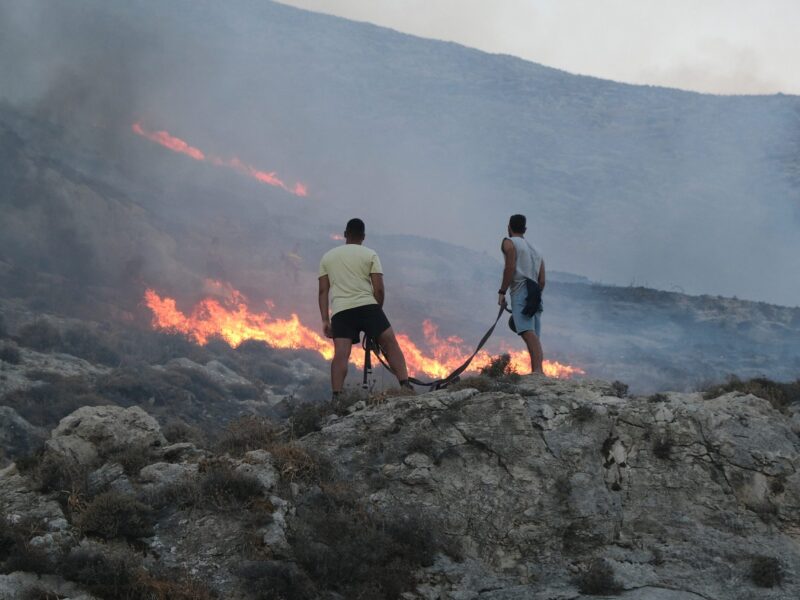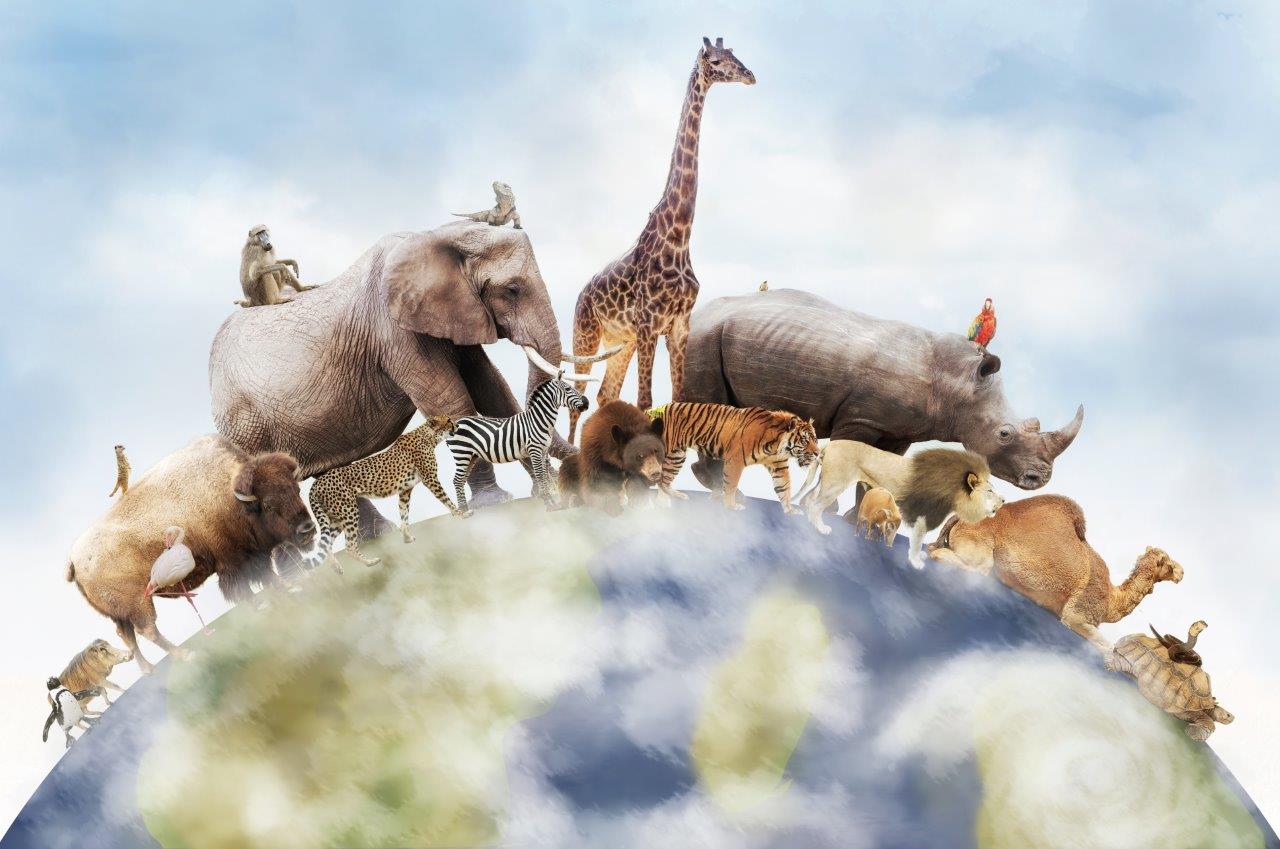
Spare A Thought for Mother Earth
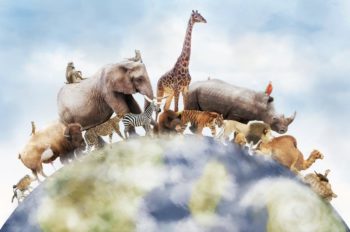
Image Credit: adogslifephoto
This Easter Monday, 22nd April, we celebrate Earth Day. It is a hugely important day, a global event with more than 1 billion people across 192 countries expected to take part. People will march, write articles, sign petitions, plant trees, clean up towns and beaches, help animals and wildlife and take to social media to share their thoughts on the state of the world.
This year’s theme is ‘Protect Our Species’ highlighting how humanity is threatening the very survival of all life on our planet. Earth Day’s aims include raising awareness about the accelerating rate of extinction of millions of species and the causes and consequences of this phenomenon. Individual actions are being encouraged including adopting a plant based diet and stopping pesticide and herbicide use.
For my part, I’d like to echo the call for more people to consider the need for urgent action to mend our broken food system. One of the most significant threats to the future of life on earth is factory farming – the intensive confinement of grain-fed animals, which is responsible for driving the world’s food resources, wildlife and environment into the ground.
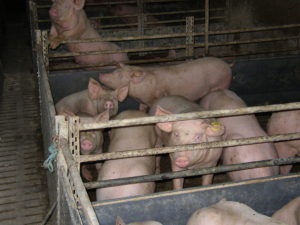 There is a direct link between the extinction of animals and the demand for cheap meat. Vast land areas are used to grow animal feed, wiping out wildlife in its wake. Since the widespread adoption of factory farming, half the world’s wildlife has been lost. About two-thirds of wildlife loss is driven by food production with factory farming being the most damaging.
There is a direct link between the extinction of animals and the demand for cheap meat. Vast land areas are used to grow animal feed, wiping out wildlife in its wake. Since the widespread adoption of factory farming, half the world’s wildlife has been lost. About two-thirds of wildlife loss is driven by food production with factory farming being the most damaging.
Our poor management of the natural world is having a detrimental and irreversible effect. Industrial plants take raw materials and make them into fertiliser to optimise the mass production of crops to feed factory farmed animals. However, rainfall drags a lot of the nutrients from the fertiliser off the fields and in to water supplies, which in turn run to the sea. The Gulf of Mexico is a prime example: it’s one of the world’s biggest dead zones, with nitrogen and phosphorus, primarily from industrial agriculture, killing the ecosystem.
Worldwide governments warn of a food crisis, but this overlooks the fact that the current food system already provides enough to feed 16 billion people. Shockingly, the single biggest food waste area comes from feeding human-edible crops to livestock. More than a third of the world’s cereals and almost all of its soya is fed to farm animals, wasting more than two-thirds of the calories in protein conversion to meat, milk and eggs.
If you’d like to learn more, please take the time to watch a special film. It is likely to be the most important 10 minutes you spend today.
Last year for Earth Day I met with Tony Juniper, a leading environmentalist, and recorded our discussion about the role of our food system in environmental destruction in which we also discussed solutions. If you missed it last year, please do take the time to listen.
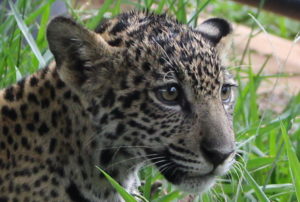 Last but not least, why not think of the changes you can personally make today and every day to help. You’ll be surprised about the impact you can have: be it eating more plants, less and better meat, getting informed and sharing this information with others and by supporting our campaigns.
Last but not least, why not think of the changes you can personally make today and every day to help. You’ll be surprised about the impact you can have: be it eating more plants, less and better meat, getting informed and sharing this information with others and by supporting our campaigns.
Thank you.



